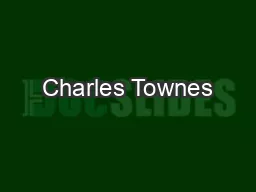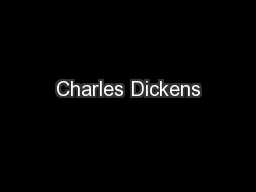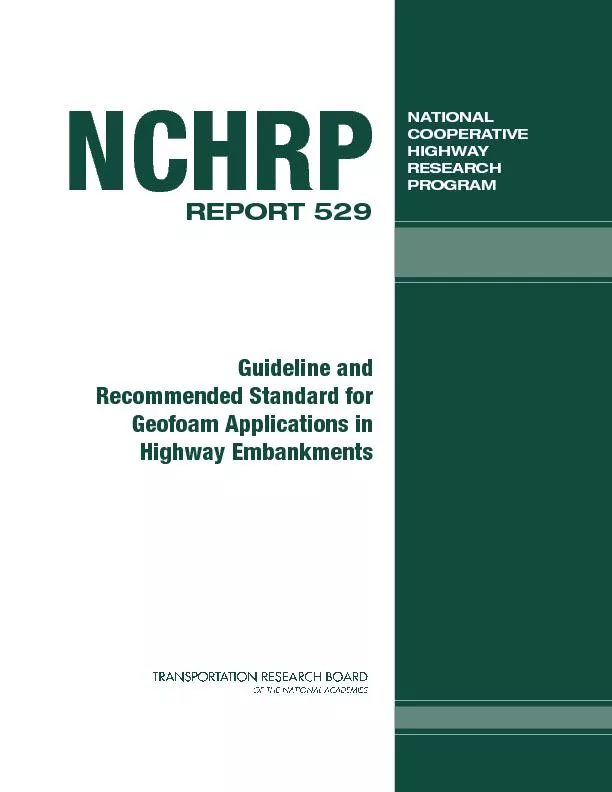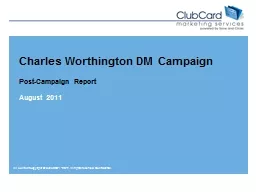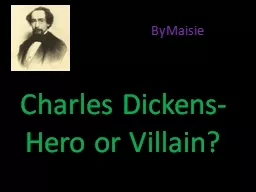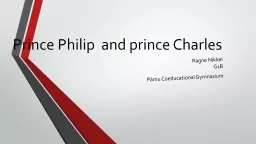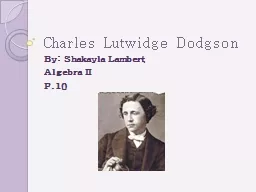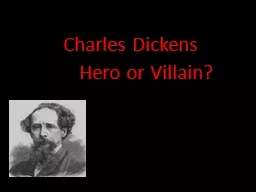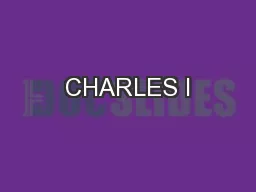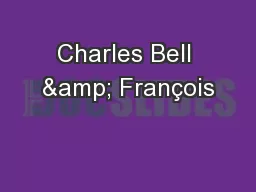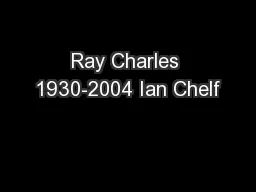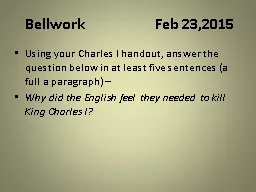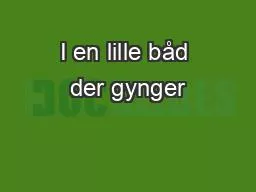PPT-Charles Townes
Author : mitsue-stanley | Published Date : 2017-01-12
at MIT Nonlinear Optics Elsa Garmire Thayer School of Engineering Dartmouth College garmiredartmouthedu Townes 19581961 1958 SchawlowTownes paper Infrared and Optical
Presentation Embed Code
Download Presentation
Download Presentation The PPT/PDF document "Charles Townes" is the property of its rightful owner. Permission is granted to download and print the materials on this website for personal, non-commercial use only, and to display it on your personal computer provided you do not modify the materials and that you retain all copyright notices contained in the materials. By downloading content from our website, you accept the terms of this agreement.
Charles Townes: Transcript
Download Rules Of Document
"Charles Townes"The content belongs to its owner. You may download and print it for personal use, without modification, and keep all copyright notices. By downloading, you agree to these terms.
Related Documents

